Quando verrete in Botswana per una vacanza safari, avrete sicuramente il vostro hotel, tour operator o punto di partenza del safari a Maun. Questa piccola città – 60.000 abitanti – situata nel nord della nazione è la “capitale del turismo” perché è il cuore dei più bei parchi naturali. Partendo da Maun, raggiungerete facilmente molte aree safari e alcuni dei più bei paesaggi naturali del Botswana.
La gente del posto lo chiama “un villaggio”, ma Maun è una città e sta diventando sempre più grande grazie alle numerose opportunità che il turismo offre alla sua gente. Il suo aeroporto è molto importante, il secondo del Botswana e il primo per il traffico turistico. La natura è una parte così importante di questo luogo che è possibile avvistare le antilopi rosse lechwe che corrono in periferia, lungo le rive del fiume Thamalakane. Non perdete l’occasione di visitare e innamorarvi di Maun.
A proposito di Maun
A prima vista, Maun non sembra un bel posto. Ampie strade polverose, case semplici, pochissimi alberi intorno, un piccolo centro storico…non proprio la città che avevate immaginato. Ma se la vivrete da dentro scoprirete: centri commerciali, graziosi hotel, ristoranti, tanti tour operator. Vedrete anche molti asini! Non ne siate sorpresi. Asini e capre sono come cani e gatti, qui, e possono vivere liberi nelle strade del paese.
Maun è stata fondata nel 1915 da coloni europei provenienti dal Sud Africa. Costruirono i loro ranch e le loro case sulla terra della tribù Batawana e le due popolazioni vissero pacificamente insieme. Ma era così lontano dalle altre città del Botswana che veniva considerato un luogo selvaggio. In realtà era proprio questo, un luogo selvaggio, e la fauna selvatica e la natura divennero la sua principale attività economica non appena il turismo del safari ne scoprì l’opportunità. Lo sviluppo del turismo ha trasformato Maun in una vera città, quasi una piccola capitale.
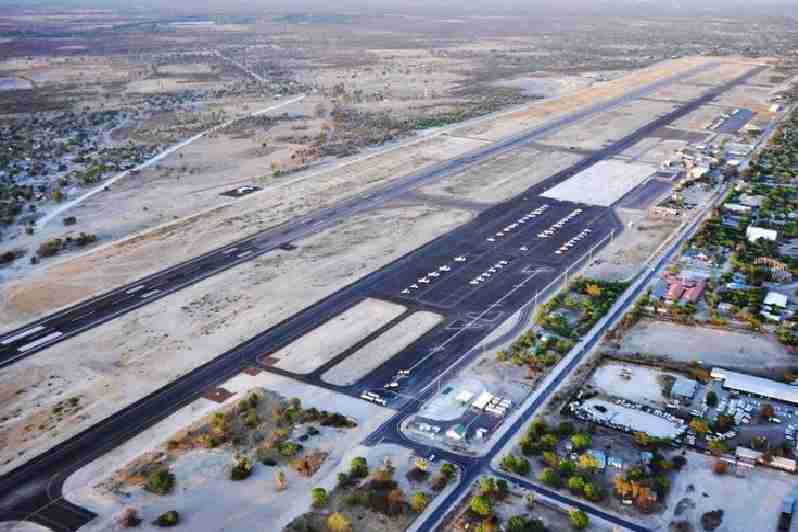
Cosa fare a Maun
Se siete a Maun, probabilmente state per iniziare un’avventura safari. Ma oltre al viaggio nella natura selvaggia, prendetevi il tempo di visitare questa deliziosa cittadina. Scoprirete il Motsana Centre, un edificio in stile islamico adibito a luogo culturale: all’interno una palestra, un teatro, bar, negozi di alimentari, un mercato sono le sue principali attrazioni. Potrete visitare il Museo di Nhabe e conoscere la cultura e le opere d’arte delle tribù locali.
I turisti hanno la possibilità di navigare lungo il fiume Thamalakane su piccole barche fatte a mano o “assaporare” l’emozione di un safari prima del vero e proprio safari, visitando il Game Wildlife Sanctuary della città, a 2 km dal centro. Con le guide e i tour operator visiterete i rifugi turistici sparsi per tutta la regione e raggiungerete – dopo 4 ore di auto – il famoso delta interno del fiume Okawango, che si allaga soprattutto nel periodo tra marzo e giugno. Provate a visitare il delta dell’Okawango con tour in elicottero!
Maggiori informazioni
Potrete arrivare facilmente a Maun atterrando direttamente all’aeroporto locale, con voli nazionali da Gaborone o voli charter da aeroporti di altre nazioni. L’aeroporto di Maun è ben organizzato e collegato sia con la città stessa che con Francistown, tramite l’autostrada. Per muovervi nella zona potete utilizzare i servizi di autobus locali.
Per conoscere i biglietti e gli orari del Museo Nhabe: museum@botsnet.bw .
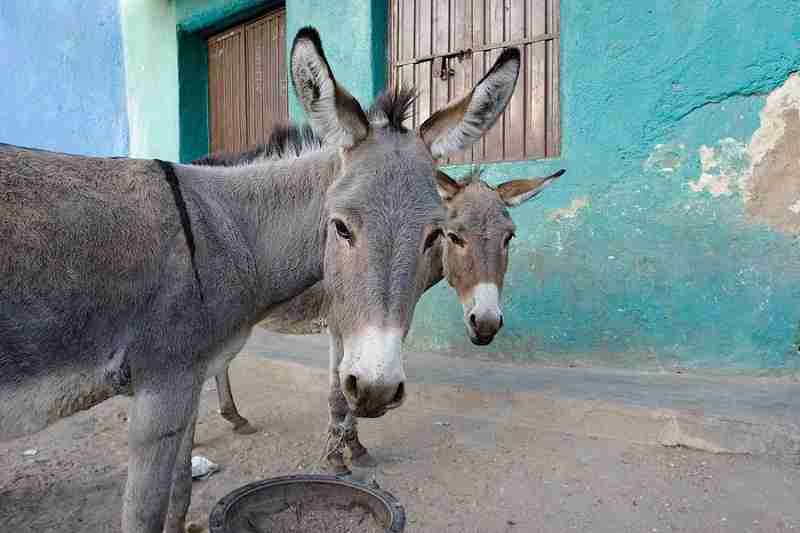


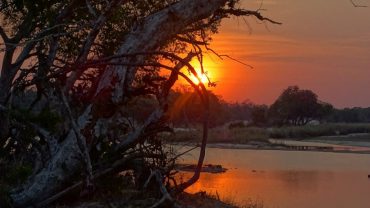
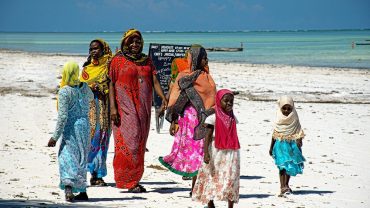
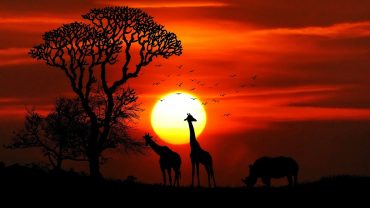
Comment (0)